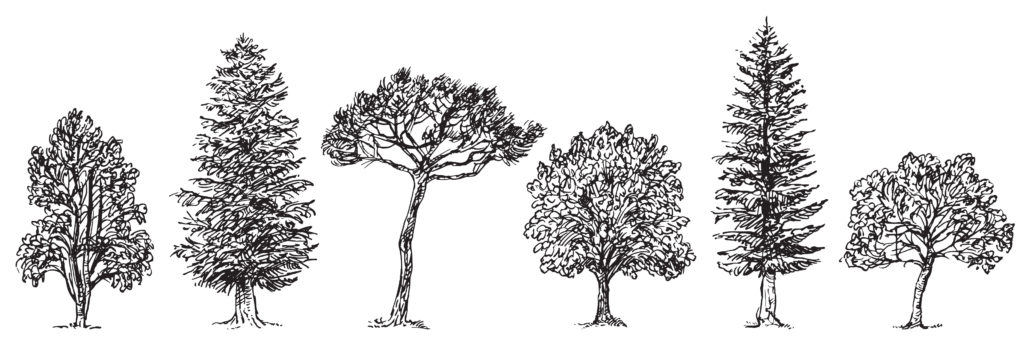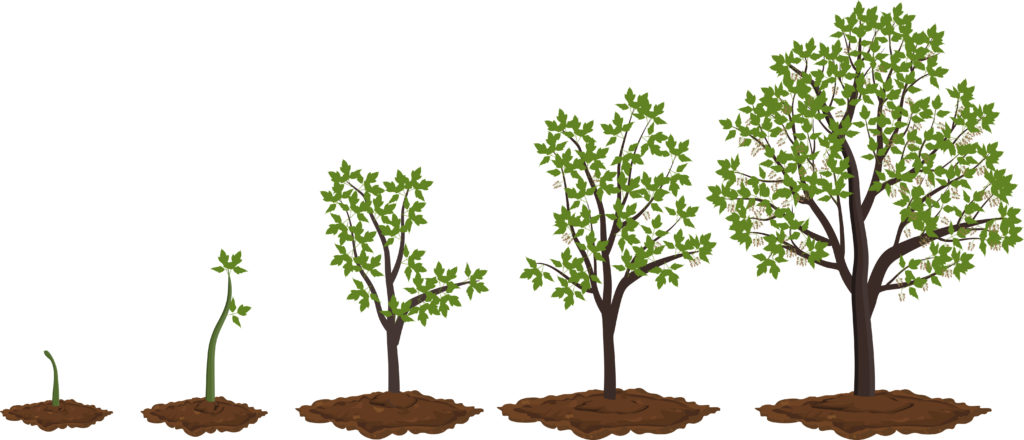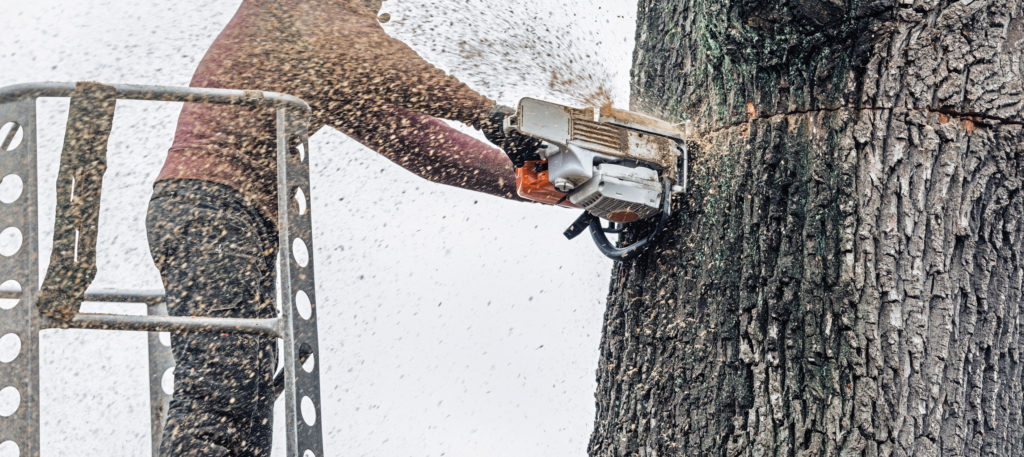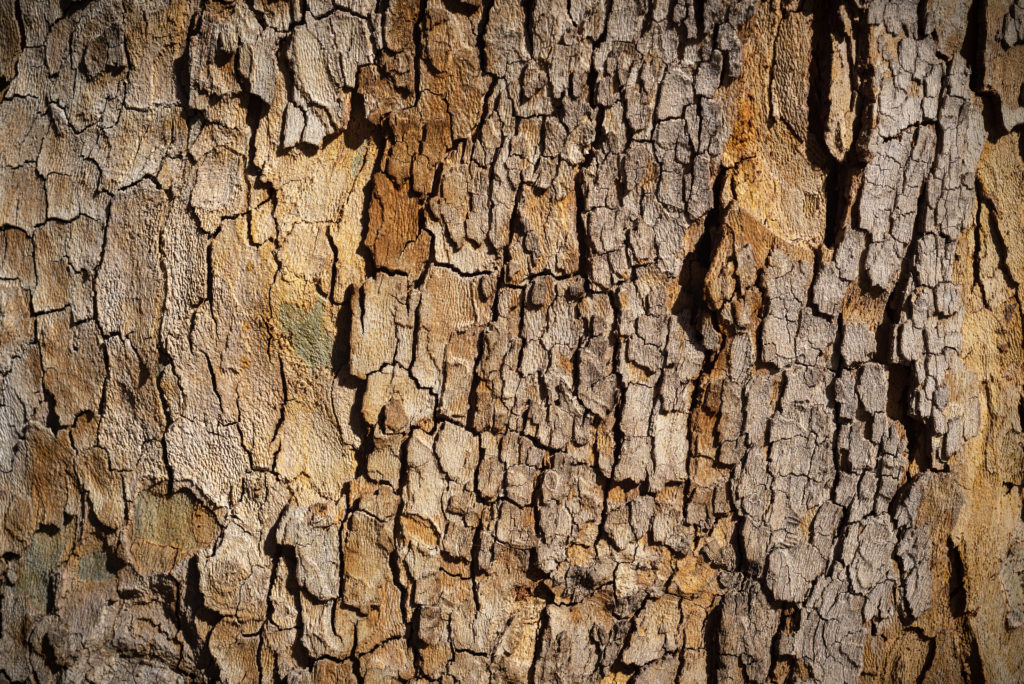News
5 Things You Should Know About Oak Tree Care During The Winter
Introduction
Winter is coming, and with such a short time to prepare, you need all the help you can get to make sure your oak tree stays strong and healthy when the ice thaws and springtime comes.
But what exactly do you need to consider when caring for your oak tree?
Things such as identifying the type of tree, understanding its lifecycle, knowing when it should be watered and trimmed, and even how to prevent major diseases such as Oak Wilt are key elements in the proper care of your tree.
Does that list stress you out? No need to worry. The experts at Chop have put together a list of things you need to make sure your tree is cared for during the winter season.
Keep reading to learn the 5 things you need to know to provide the best care for your oak trees this winter…
#1 Know the Difference Between Your Oaks
Depending on the type of oak tree you have, care is going to look a little different. Red or White, the goal is still the same, to keep your tree protected from the elements so come springtime, it can bring your space to life like it should.
There are a few simple ways to identify the type of oak tree you’ve been admiring from your window. Features such as their leaves and the texture of their bark are some of the easiest ways to learn what type of tree you have.
If you’re fortunate enough to still have a tree that’s kept some of its leaves through the fall, identification should be fairly easy. Where Red Oak leaves will be easily identified by their jagged, sharp, and pointed angles, White Oak will have softer, rounder leaf edges.
If you’re not one of the lucky ones whose tree held onto their leaves, the next best thing is to look at the bark of the tree for some clues. If you notice a smoother texture and a hint of red in the tree’s veins, you are likely looking at a red oak tree. On the other hand, the features of a White Oak are going to be more pronounced with deep, triangular ridges in the cross-section.
#2 Understand the Life Cycle of an Oak Tree
Did you know that an oak tree can survive upwards of 400 years?
Part of understanding how these trees can live such long lives is learning about their life cycle in the first place. From germination to seed distribution, your oak tree goes through a variety of stages.
Acorn Germination: Favorable soil conditions allow an acorn germ to take root and begin growing from the soil.
Tree Growth: Your Oak tree grows very slowly, reaching maturity about 20 years into its growth cycle. Maturity is observed when your tree begins to produce its own acorns.
Flower Production: Believe it or not, your oak tree actually produces male and female flowers that allow each tree to produce acorns. These little flowers will often be yellowish or greenish and color, and look something similar to a tree bud.
Pollination: Within two weeks of flowering, the male bud produces what is needed for pollination to occur. The pollen produced from the male flowers is absorbed by the female flowers to develop acorns.
Seed Distribution: Now that the acorns have developed, they will drop from the tree and be distributed by weather conditions and animals, where they will eventually be covered by soil and l begin the process all over again.
#3 Know When to Water your Oak Trees

Environment day concept. Drop water on hand for growing tree. Protect the environment. Renewable energy for future. Global warming concept. Sustainable resources background for web banner.
If you’re not able to water your oak tree, it’s no big deal. Luckily, oaks don’t require a lot of watering.
In fact, the less you water your oak, the better results you’ll have. Watering your oak tree too much can lead to unwanted diseases of the root systems and fungus. Realistically, you should only look to water a young oak tree once or twice per month in the dry seasons as this promotes growth. However, with mature oak trees, much less water is needed.
To be sure you aren’t overwatering you’re oak, do not place plants that require frequent watering near the tree, as this can lead to unintentional harm to the tree.
#4 The Best Time to Trim your Oak Trees
Oak trees are typically notorious for the little maintenance they require. With some trees, you have to regularly trim and prune to promote new growth.
Proper pruning of younger oaks is an important step in promoting the growth and expansion of foliage for full canopies. Traditional trimming for mature oak trees should take place once per year, primarily during the winter season in its dormant state between November and March.
The pruning process can be complex, so it’s best to contact a specialist like Chop to help you safely remove unwanted branches and get your trees prepped and ready.
#5 How to Prevent Disease in your Oak Tree
Despite your oak trees being fairly low maintenance, it’s still important to understand the diseases they are prone to. One of the most common diseases in oak trees is a fungal infection called Oak Wilt.
Oak Wilt is caused by the non-native fungal pathogen found in the Eastern United States that affects both White and Red Oaks. While the disease can affect both White and Red Oaks, Red Oaks tend to die faster from the affliction and White Oaks tend to contain the spread of the disease in infected branches.
Identifying Oak Wilt can be alarming, and make you feel like you don’t know how to proceed, but there are simple measures you can take to prevent its spread.
One particular measure is to prune your Oak trees during their dormant season between November and March rather than the growing season. Taking this step can prevent the creation of wounds that attract sap beetles that carry the fungus.
For a more precise treatment, contact a local tree service like Chop to further prevent and treat the disease.
Outside of their dormant season, you may need to prune weather-damaged trees during the summer months and remove broken branches.
Conclusion
There is much to know about proper care for our oak trees, but the most important things to remember are that they actually require much less maintenance than you would have originally thought. Taking precautions to not overwater your trees during the dry season will help them flourish beyond the winter months.
Additionally, care must be taken to ensure that your oak trees are protected from damaging Oak Wilt and the beetles that spread the disease. For more expert care, reach out to your local tree experts at Chop, and get back to enjoying your beautiful oak trees.




